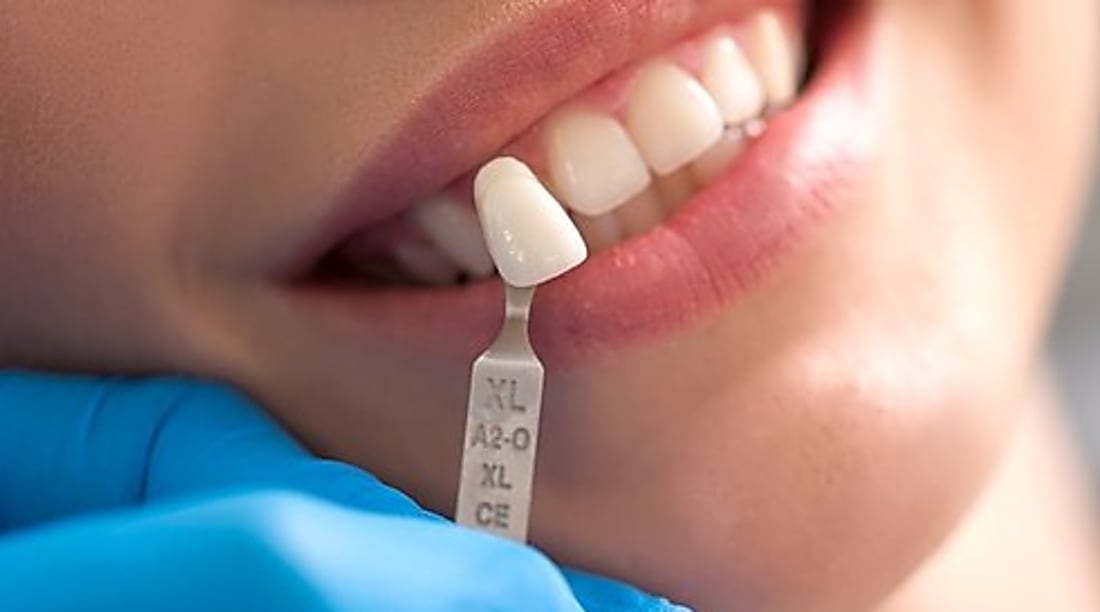Clear Aligners and Alternatives: A Practical Dental Guide
Clear orthodontic aligners have changed how many people straighten teeth, offering removable, discreet trays instead of brackets and wires. Yet they are just one option among several ways to restore or improve a smile. This guide explains how aligners work, who benefits most, how they differ from dental implants and invisible dentures, and how to weigh costs and practical factors.

Clear aligners are custom plastic trays that guide teeth through small, planned movements. They are discreet, removable for meals and cleaning, and rely on patient consistency. While they can be effective for many alignment issues, they are not a substitute for treatments that replace missing teeth or rebuild structures. Understanding what each option does helps set realistic expectations and avoid unnecessary delays.
This article is for informational purposes only and should not be considered medical advice. Please consult a qualified healthcare professional for personalized guidance and treatment.
How do clear aligners work, and who are they for?
Clear aligners are produced from a digital scan or impression of your teeth. Dentists and orthodontists plan a series of movements, then fabricate sequential trays that you wear for roughly one to two weeks each. Consistent wear, typically 20 to 22 hours per day, allows gentle forces to move teeth. Small tooth colored attachments may be bonded to certain teeth to help with rotation or complex movements, and interproximal enamel reduction can create space when needed.
They are generally suited to mild to moderate crowding or spacing, relapse after braces, and some bite refinements. Good oral hygiene and healthy gums are prerequisites, and regular check ins with a dental professional are important. Complex skeletal discrepancies, severe rotations or vertical issues, or cases requiring jaw surgery may be better managed with fixed braces or interdisciplinary care. Younger teens and adults can be candidates, provided they can commit to daily wear.
Are implants a better alternative to aligners?
Dental implants are fundamentally different. An implant is a titanium or zirconia post placed in bone to replace a missing tooth root, later restored with a crown. Implants do not move teeth; they restore spaces where teeth are absent. If teeth are misaligned but present, aligners or braces are used to reposition them. If a tooth is missing or non restorable, an implant may be indicated to restore function and maintain bone volume.
The question is not which is better, but which addresses your diagnosis. In many comprehensive cases, both may be used: aligners to optimize spacing and bite, followed by an implant in a planned site. Suitability for implants depends on bone quality and quantity, medical history, smoking status, and oral hygiene. Timelines also differ: aligners often span several months to over a year, while implants may require several months for healing and integration before final restoration.
Are invisible dentures a natural looking option?
Invisible dentures typically refer to flexible partial dentures made from translucent nylon type materials that blend with gum tissues. Brands such as Valplast or DuraFlex are commonly used by dental labs. These partials can replace several missing teeth with minimal metal display, offering a light and comfortable feel for many wearers. They are removable, require nightly cleaning, and clasps can be less visible than traditional metal designs.
However, they do not move teeth, and they rely on the health and shape of remaining teeth and gums for support. Flexible partials can be harder to adjust or repair compared with rigid frameworks, and long term durability varies with bite forces and care. For some patients, a rigid cast metal partial offers better stability. As with implants, invisible dentures serve a replacement role; aligners serve an alignment role.
Choosing the right option for your dental needs
When comparing options, look first at goals. If teeth are present but crowded or spaced, clear aligners or braces are typically considered. If one or more teeth are missing, replacement options include implants or removable partial dentures. Practical factors include gum health, enamel condition, bite complexity, willingness to wear removable appliances consistently, access to local services, expected maintenance, and budget. Below are indicative real world cost insights and examples of well known products and manufacturers used by licensed dental professionals. Actual fees vary widely by country, clinic, and case complexity.
| Product or Service | Provider or Manufacturer | Cost Estimation USD |
|---|---|---|
| Comprehensive clear aligner case | Align Technology Invisalign via licensed dentists | 3000 to 8000 per case |
| ClearCorrect clear aligners | Straumann Group via licensed dentists | 2500 to 6000 per case |
| Clarity aligners | 3M via licensed dentists | 3000 to 7000 per case |
| Single tooth dental implant and crown | Straumann Group or Nobel Biocare systems via licensed clinicians | 3000 to 6000 per tooth |
| Flexible partial denture | Valplast via dental labs and dentists | 700 to 2000 per arch |
| Flexible partial denture | Myerson DuraFlex via dental labs and dentists | 700 to 2000 per arch |
Prices, rates, or cost estimates mentioned in this article are based on the latest available information but may change over time. Independent research is advised before making financial decisions.
Beyond sticker price, factor in diagnostics, extractions or fillings, attachments or refinements for aligners, potential bone grafting for implants, and future maintenance such as retainer wear or denture relines. Total treatment time, number of visits, and the availability of monitoring technology can influence overall experience. A comprehensive exam with radiographs and a periodontal evaluation helps determine if you are a candidate for tooth movement, tooth replacement, or a staged plan that combines both.
In summary, clear aligners can discreetly correct many alignment problems when used under professional supervision, while implants and invisible dentures address missing teeth. Each option solves a different problem, and many treatment plans thoughtfully combine them. An individualized diagnosis and a discussion of goals, risks, maintenance, and total costs will guide a choice that fits both clinical needs and everyday life.




